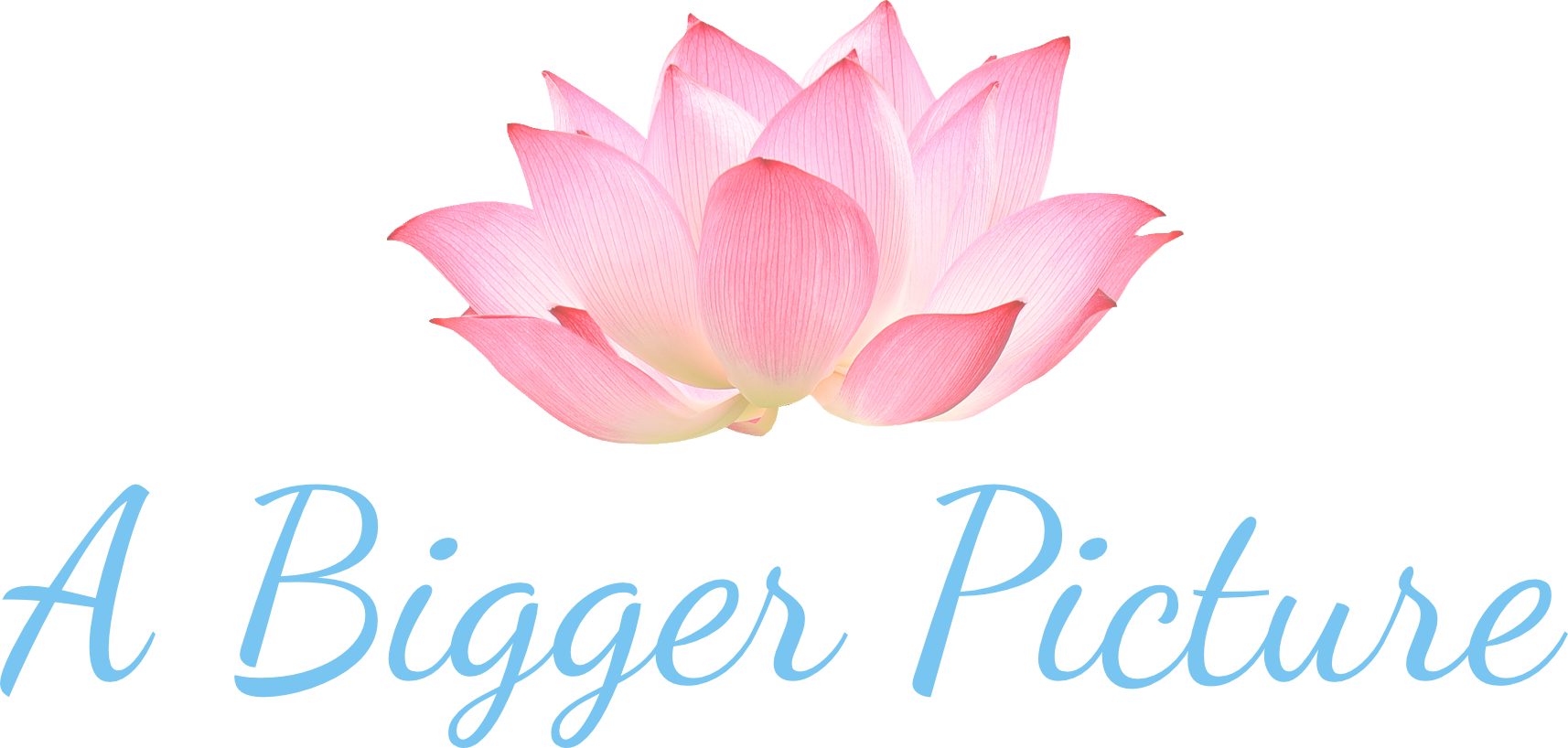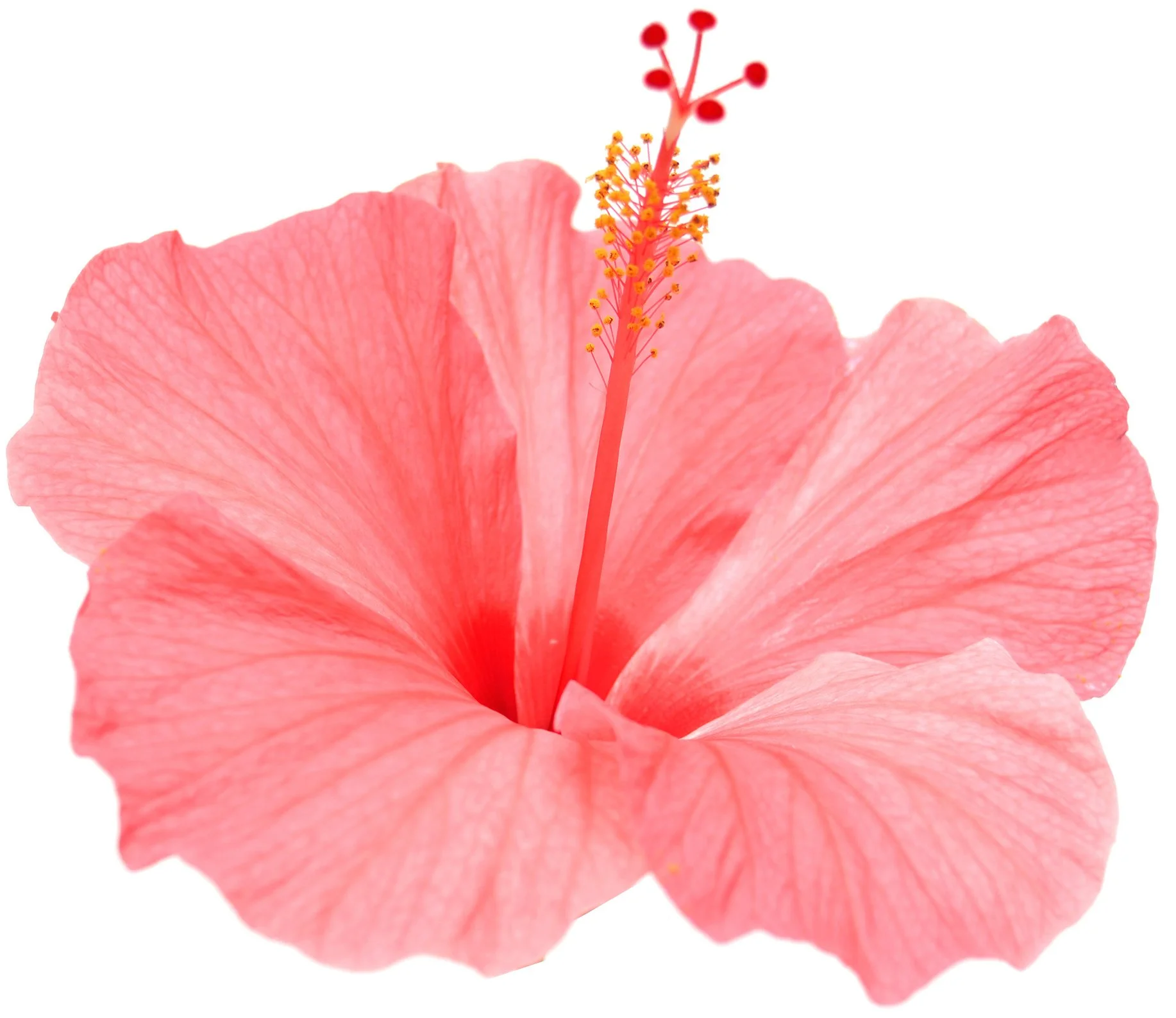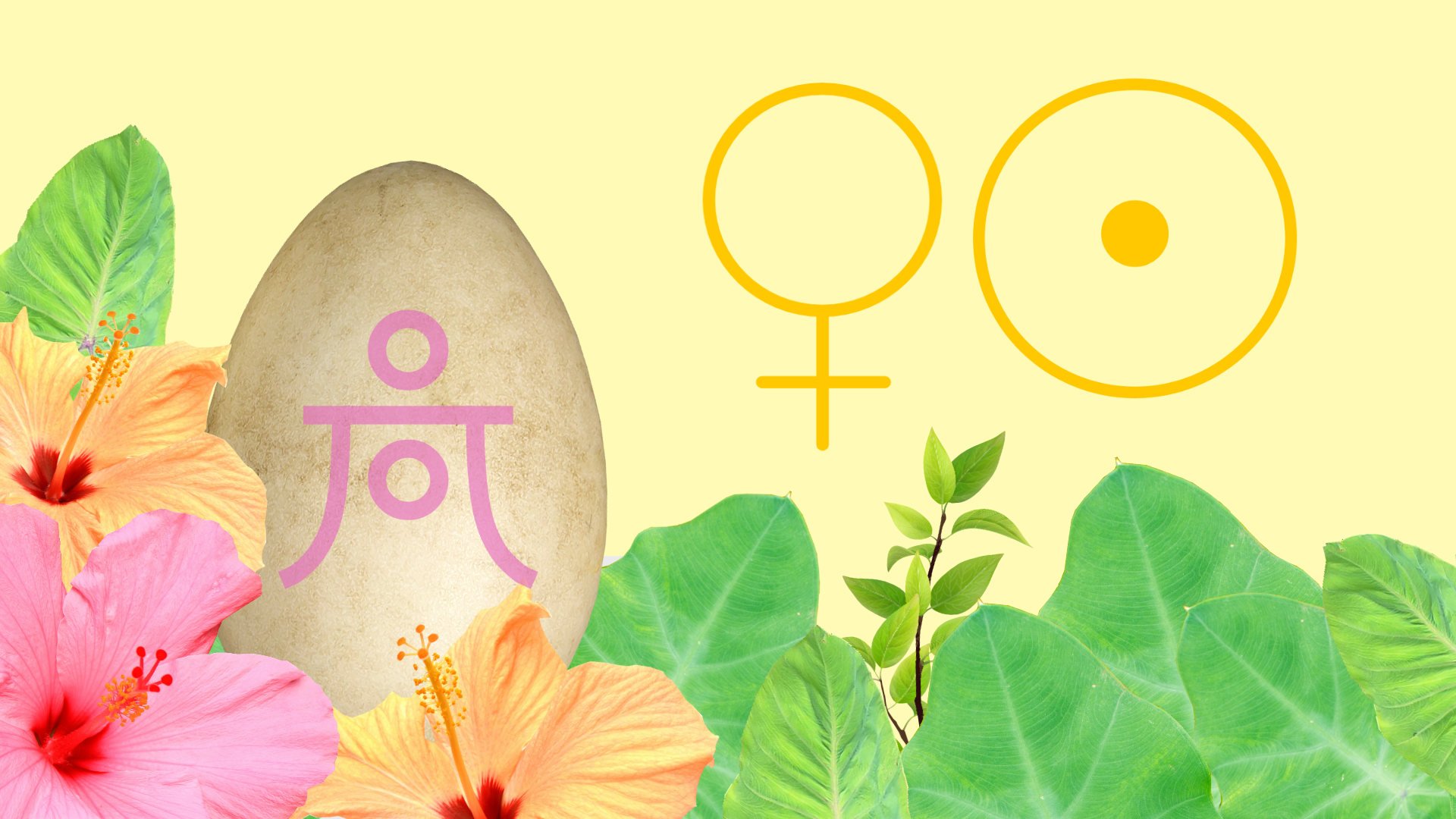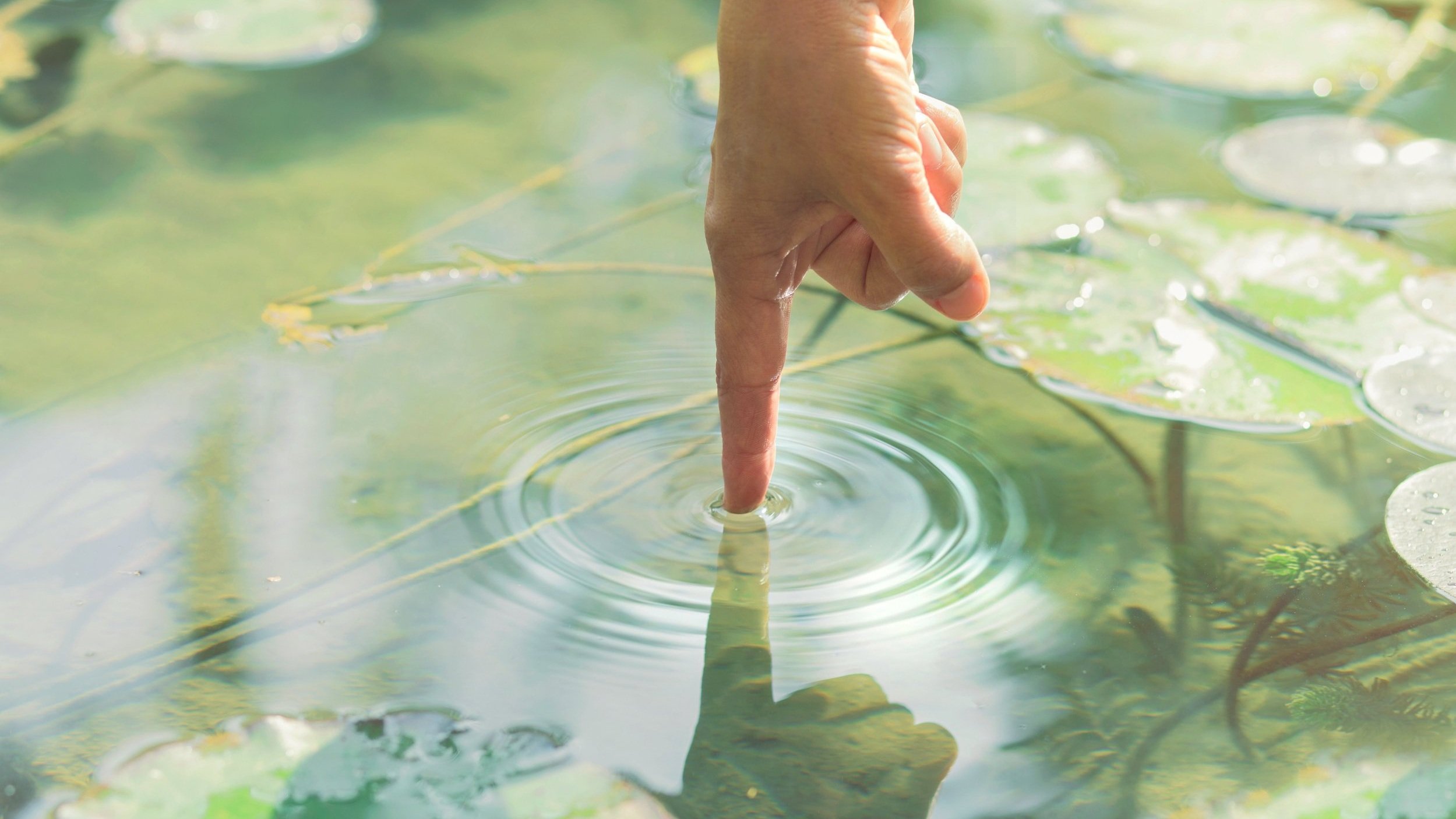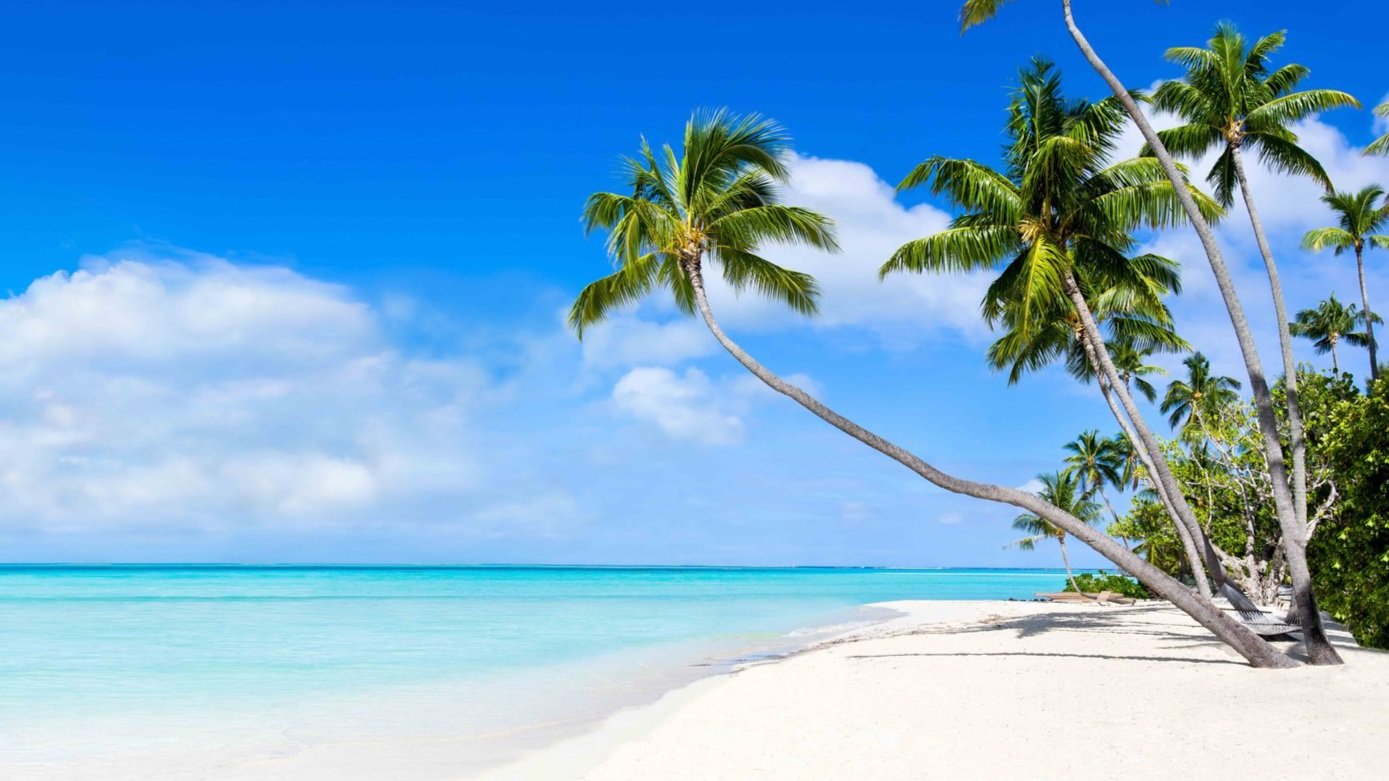Haumea, Akua Wahine of Knowledge, Childbirth, Politics, Strategy and War Part 1
Haumea’s story is from Hawaiian origin. Haumea is the goddess of creation, fertility and birth, the dwarf planet in western astrology.
Haumea endures gracefully and is ready to take it to the last stand. She is invested in that one last push to make something happen, with all the delights and challenges along the way. Where others may have fallen away, Haumea knows that this final stand will make it all worth while. Haumea is about tying up loose ends, to follow through, and meet your goals by seeing them through to proper completion. Dedication like no other.
In the discover charts, it is decidedly obvious that Haumea, Eris and Sedna all have a significant issue with being in relation.
In Haumea’s chart the Venus/Mercury/Pluto conjunction in Sagittarius in the 3rd house is about pono (right relationship). And the strong Saturn in Cancer in the 10th house is about the hierarchical, political and social relationships in small Hawaiian island communities, and the Saturn/Chiron opposition, is about how care should be taken. For an ignorant chief who abuses their authority today, and gives another the short end of the stick, may find themselves in misfortune in due course, due to their own bad choices. Accountability (kuleana) will have to be taken for all that they do. The cosmogonical stories that go back many generations are still relevant today to Hawaiians and astrologers alike. Some version of the stories see Haumea as the first creator goddess, and others see her having parents, and having been born on O’ahu, but whichever the case, it is obvious that the genealogy still have importance.
And now that astrology have a significant dwarf planet associated with her mythology, it is expected that more astrology students will seek the Hawaiian wisdom… to understand her mythological stories… and how to utilise her alchemy…
Hawaiian Earth Mother: The Female Akua Passing on Knowledge
Please remember: Almost everything in Hawaiian literature is written metaphorically.
This is very important to consider in reading the stories by various sources. There are hidden meanings, double meanings, and an inner meanings. The narrative is both simple and sophisticated, depending on the reader’s ability to perceive what is there. There are many levels of meaning, to the simplest of expressions. It is often written with great intelligence and deep comprehension, in basic essence.
An Akua wahine of Knowledge, Childbirth, Politics and War
Hauma is the foremost female akua (divine goddess) in Hawaiian culture. According to this video she was born in Oahu and became the great Akuawahine (divine feminine) of the land where female temples, Hale o Papa, were built to teach female knowledge to women.The very first temple was built for her on the cliffs of Nuʻuanu. There was a separation in knowledge, because men and women went to different temples. According the research, Haumea of the Paliku linage is an Akua wahine of Knowledge, Childbirth, Politics and War.
This presentation centres on a particular story from the 1906 book called Mo’olelo o Haumea by Joseph Mokuohai Poepoe to see how she became the great Akua of Wākea. Haumea, a moʻowahine, was reborn in her Akua wahine daughters and in every generation of Wāhine Hawaiʻi.
Haumea was the mother of Hina, Kapō, Pele, Hiʻiaka, and the three Papa of the Kumulipo: Papahulihonua, Papahulilani, and Papahānaumoku.
Moʻolelo are the narrative stories of the Native Hawaiian people. These fiction and nonfiction narratives were exclusively oral at first, but began to be disseminated through writing in the 1800s after the development of the written Hawaiian language. Read the story of Poepoe here, pronounced as PoiPoi. All the photos and additional content to the video presentation is on this website: www.avakonohiki.org
The beautiful story telling in the video is by Dr. Lilikalā Kame’eleihiwa.
According to Wikipedia, she is a Hawaiian historian, filmmaker, and senior professor at the University of Hawaiʻi's Kamakakūokalani Center for Hawaiian Studies. Her earliest work was published under the name of Lilikalā L. Dorton. With a PhD. from University of Hawaii Manoa in Pacific and Hawaiian History, she is also an expert in Hawaiian cultural traditions and in the issues driving the Hawaiian sovereignty movement. Her presentation and storytelling is beautiful and magical… and is absolutely instrumental in understanding Haumea, since many of us cannot read in the Hawaiian language, to appreciate what is in their cultural literature… Kudos.
Wākea Picking Forbidden Kapu Bananas
In the story, Wākea and his wahine (female) called Papa (Haumea) lived together in Kilohana, the pali (cliff) between Kalihi-uka and Ko‘olau on O‘ahu.
The story explains how Wakea (Haumea’s partner) went up to gather the abundant wild food that grew in the mountain forest. But he was
caught with a bunch of ripe bananas and was captured by the guards of Kumuhonua, the Ali’i Nui of Oahu, for “stealing the kapu bananas”. These were wild-growing mountain bananas, but they were supposedly under the Kapu system, which meant that they were not just for anyone to eat… by government direction. At first the guards tied his hands and feet to carry him like a pig on a pole, but then let him walk down the mountain… where they had planned to cook him in the imu. The aliʻi were the traditional nobility. The word refers to a chief or chiefess and in the old days there were different types of aliʻi who had different responsibilities, for the welfare of the people, and the land. Chiefs were there to make good choices and serve the community, but not all of them were loved and generous as they ought to be. One was cruel and felt entitled... Kumuhonua and those around him chose not to live in pono (right relationship).
Actually killing someone for picking kapu bananas were unheard of in Hawaii’s cosmogonical stories… they had other forms of punitive measures.
Haumea had a premonition and hurried home with her fish and crabs that she had been catching at a fishpond. When she realised that Wakea had been captured, she made a lei of flower vines, and gathered the greenery of the forest to wear as she went into battle. Haumea asked Kali’u to help her make ‘awa to conduct a ceremony, but was told the water there was too stagnant. According to the story, Haumea in distress called on her ancestors, for a large rock to be moved upstream, to allow the fresh water beyond it flow freely.
Her ancestral genealogical prayer was to remove ‘what men could not lift’, which is symbolic of invoking spiritual assistance, for a seemingly impossible to overcome circumstance.
She chanted a prayer for her ancestors to come into her space, for the rock to be moved, and after a second chant, the water came gushing out. Haumea rushed into the stream to gather the purest of the water from the middle of the water, for Kali’u to help make the ‘awa. Haumea also prayed to her ancestors for help and she offered them ceremonial ‘awa; to save Wakea’s life. Haumea started to chant again, and asked for the ancestors to come into her space, and use her mana (life energy)… to save Wakea.
‘Awa is an earthy beverage that is often enjoyed to promote a feeling of relaxation and ease, naturally and without intoxication. The plant used is kava root that is processed with a distinctively bitter and numbing flavor. It was loved for its natural calming effect. This place was called Palikū.
Innovative Haumea going into Battle and a Love Story
Haumea told Kali’u and his people to leave for the mountain for safety, as she went into battle.
Haumea alone went to and asked the guards for permission to kiss Wakea for the last time before they kill him in the fires of the imu.
They must have taken pity on the beautiful woman who came to farewell her love, so they allowed her to approach the group. As Haumea kissed Wakea, she struck the large Ulu (breadfruit) tree he was tied to with her hand. Miraculously the tree split open, for them both to disappear into it, escaping to safety by supernatural means. This is how they magically returned to the Kilohana Mountain, both unharmed.
When Kumohonua receives the news of the escapees, the Ulu tree is doomed to be cut down. However, every time they tried to cut the tree, a chip from it, hit them in the forehead, and they died.
Enraged, Kumuhonua declared war.
Value vs Ignorance. Like attracts Like.
However, just as Kumuhonua prepares to go to battle, synchronistically, a new party called Kamoawa arrived to offer to be the kahuna of Kumuhonua. Kamoawa had great qualities, talents, and characteristics and would have been a great asset indeed, but he is rejected, because Kumuhonoa is solely focussed on war and revenge.
This clearly shows that Kumuhonoa is a judgmental know-it-all who only viewed others superficially. Not seeing how their authenticity, uniqueness, rarity, and life experience makes them valuable. Overlooking real value, due to prioritising his investment in fake values.
So ignorant, that he was underestimating, disregarding and unable to recognise the worth of high-value people, who might have brought him great blessings. He overlooked Kamoawa (who was a hidden gem),
because he was not deserving of having such a great person in his life. Kumuhonua projected onto Haumea and Wakea who he really is; a monster. Being distracted and angry, Kumuhonua briefed Kamoawa on the upcoming battle and dismissed him. But Kamoawa’s insight, wisdom and spiritual sight, caused him to recognise Haumea’s true value, and before he left, he shared with Kumuhonua that Haumea was born at Apuakehau, and that she is called Hau-o-Apua.
Kamoawa, having been rejected and realising who Haumea really was, went to Haumea at Kilohana mountain instead. He approached her with a prayer in her honour, chanting to her as a great Akua wahine (divine feminine). He called her La’ila’i, the first divine person born from human people.
Haumea accepted Kamoawa and welcomed him, saying that he was a kahuna and an observer (kilo) of the heavens, who knew how to capture the land. Her recognition was that Kamoawa was a wise observer, who was able to see with wise eyes as well. This is also reference to Kamoawa’s knowledge of the stars, of astrology as a great tool for wisdom. In his chant, he compared her to the southern cross constellation, as the taproot of the night. He called to her as a female who can quake the earth, she is a woman who calls on the heavens, and makes reference to her sacred tree. He also chants to her giving birth to the teachings of the ancestors. This is the first Hale o Papa or female temple.
Kamoawa joins with Wakea’s kahuna brothers Lihau’ula and
Makulukulukalani, to strategise a defence for the upcoming battle. First they plan to build a heiau, the temple of Kawaluna (which means the space above) for women for the worship of Haumea. Another temple is built in the valley for Wakea and men in general. The higher ground temple was called Nu’u-a-Haumea (Summit of Haumea) and the one in the valley was called Wao-a-Haumea (Realm of Haumea). This is where knowledge were shared amongst women, and amongst men individually, according to what they needed to know about life. Makulukulukalani was an astronomer, a navigator and kahuna of farming at the men’s temple below, but Haumea became a Kahuna Ho’oulu Lauhui, a Priestess of Increasing the Nation, teaching about women’s knowledge (and childbirth) in the temple on the mountain top.
Haumea and Poepoe’s Political Bent
In her brief sharing of this same story, Professor Noenoe Silva, who holds a Bachelor degree in Hawaiian language, a PhD in Political Science, explains in this article about the politics of those of who control the land through oppressive systems of leadership and authority. It’s the ways in which the collective struggle in relationship, to those who regulate power with system of leadership and authority (this was also explored in Eris’ Greek mythology).
And how other people - those affected - then organise themselves to mitigate the harms caused. Detailing how they re-think, re-value and research their political thought and practices. To theorise new wisdom from how their ancestors thought deeply about organising themselves; to cause benevolent change.
Haumea’s mythology is also engaged with a communal struggle with the political systems, and how some would look towards the ancestors, study their ways, to change systems.
Noenoe explains in her article that she considered Haumea Goddess of Childbirth, War and Government.
Joseph Mohuohai Poepoe wrote in the political newspaper that he owned, and he transferred some of his political thought into what he published on Haumea in 1906. Remember that Haumea’s mythology was verbally passed through the generations prior to this. The old world had many politics, land ownership practices and systems of governance, prior to colonisation. Although, it was not quite as oppressive as the European systems of governance. Many indigenous peoples had been reclaiming and revitalising their ancestor’s languages and cultural practises, and Poepoe’s writings reflect that as well.
Haumea’s mythology contain many politically oriented ancestral stories that describe the reciprocal relationships between various authorities, the ali’i (ruling class), the kahuna (were responsible for instituting the kapu, and other expertise) and the maka’ainana (common folk who works the land), that has to be in balance. This is described as pono; which in life stands for righteousness and balance in communities. This also refers back to that cluster of Venus/Mercury/Pluto in Sagittarius in the third house, in Haumea’s discovery chart.
Pono.
Living life rightfully.
Living fair and just.
Bringing justice to all.
Pono means ideas of goodness, and how personal and communal wellbeing, welfare, material prosperity, and shared ideas of wealth interact.
“In Hawaiian, if a person is living pono, it means that they have struck the right balance in their relationships with other things, places, and people in their lives. It also means that they are living with a continuous conscious decision to do right by themselves, by others, and by the world in general.
Essentially, pono is a state of existence that is characterized by integrity and a feeling of contentment when everything is good and right. The idea behind this word and this way of life is that moral behavior leads to happiness for the doer and for everyone around them.”
Haumea’s Truthful Discord
Haumea presented a speech showing how beautiful it is that nature provides abundant wild bananas for the flocks of birds in the forest.
They can eat as they please; the bananas is not kapu for them.
So why should some ali’i send his minions to watch for people taking some of these bananas, that government restrictions have deemed kapu to people? Nobody is putting traps or snares out to prevent the birds from having a feast. Also, that these leaders have failed to consider that these people who had been denied, may one day turn against the injustice of this oppression. The land is there to feed everyone abundantly.
Noenoe explains in her article that Kumuhonua and his people did not cultivate the wild bananas. To claim that the wild banana’s were an overstepping of his kuleana, feeling so entitled to them to go so far as to kill someone for taking a small amount, is an unacceptable action for someone in a delicate position of authority over others. Where pono (right relationship) is clearly violated, and kuleana (responsibility in reciprocal relationship that extends from one’s self to one’s community) is clearly overstepped. A fair and sensible ali’i listens to the kahuna, but the story shows that Kumuhonua did not like what he heard when the kahuna Kamoawa seeked him out in a quest known as ‘imi haku (seeking a chief). Kumuhonoa showed his ignorance and arrogance, by not even acknowledging the kahuna’s value, nor pono.
Kumuhonoa did not recognise the kahuna’s value, because Kumuhonoa didn’t know what value was, nor how to recognise it in another person. In many ways, he was an ignorant, entitled player just like Zeus in Eris’ story, and Anguta in Sedna’s.
Kamoawa is a skilled, strategic and wise kahuna, who had knowledge of strategising war, and was rejected… Kumuhonoa was too blind with rage at how he had been foiled by the escapees, and bent on revenge, than to employ widsom, to make good decisions, that is in everyone’s best interest…
Kumuhonua had to be removed from his office, for people’s lives to be pono (righteous and balanced). Which is why Haumea and Wakea had to embark on a war against him.
“What is the meaning of kuleana?
The definition of kuleana in Hawaiian is responsibility and accountability. When one is practising Kuleana, the person is practicing responsibility and accountability in their daily life. In Hawaiian culture, Kuleana means to have broader sense of responsibility to themselves and their community. And it means taking responsibility and accountability for your own actions in your life. This applies to all areas of life, which is why, practicing Kuleana is a great skill to have. ”
Wākea was taken and condemned to die for the ordinary act of gathering food in the forest.
Food that is free for the forest creatures to eat…
This is a metaphor for many other issues in life, where people in positions of authority, with hidden insecurities, want to control and dictate the narrative from their own lack of integrity with themselves. As can be deducted from the description of practicing pono; when you live with a conscious decision to do right by yourself and others, everyone is going to be content and happy.
The Kapu System of Food Restriction and Governance
Here, it is useful to make reference to the Kapu system (see the Discovery chart article for details). The kapu was an ancient set of laws governing every activity of the common folk, in terms of rank and the status and privileges this affords.
In simple terms, the Kapu was used to keep the superior and inferior apart. One reasoning for the origin of the Kapu system, may be the limiting factor of the availability of food. The first Hawaiian migrants who came by boat, had limited food to eat on their journey, and when they first arrived, they had to rely on what they could find, which was primary seafood, until they could propagate what they brought with them. According to Mahealani Uchiyama's book titled The Haumana Hula Handbook for Students of Hawaiian Dance, early settlers initially moved around a lot, as it took some time before they could establish permanent settlements, around permanent sources of productive crops. Think taro patches and fish ponds…
The Kapu system ensured that should there be food scarcity, the royal family get preference to food consumption first, then the chiefs, going all the way down to the lowest on the social stratus.
When reliable agriculture became established, they did not abolish the government system restricting food… There was a scarcity mentality, an entitlement, and a god complex at play.
Unconscious Insecurity at the Heart of Injustice
Haumea was in fact shining a light on things hidden deep in the unconscious, and those unconscious drivers and blindspots that may influence people to act out in unfair ways, in order to protect themselves from their hidden fears and insecurities.
When going into darkness of the unconscious, it is a discovery of what is unknown; what is yet to be realised, felt, experienced. Haumea is all about potential…
There is something in there that can be uncovered, reclaimed, known, owned… when you look into the underworld, your subconscious. By shining the light of awareness into your own darkness, people find parts of themselves that they had disowned or forgotten about, that if retrieved, may ultimately add immense value to their life…
In the disowned unconscious of one person, lies all the potentials of what they could do differently… and get very potent results…
At the time of discovery, those potentials are in a neutral state, but with the light of consciousness awareness shining on them, it may activate magical outcomes… For one is never the same after laying your eyes on these pearls of utter wisdom… One grows and mature, into the true nature…
This is an underlying theme in Haumea, Eris and Sedna’s mythologies.
What you don’t own, owns you and causes unconscious behaviours that may hurt others as well.
But when you get out of denial, become willing to see, and come into awareness of what had been unconscious before, that is the potential start of… alchemy and magic….
This story continues in part two, showing the wisdom of political strategies, what the temples were used for, Haumea’s initiation into patroness of childbirth, and finally, the war…
Haumea and Wakea did defeat Kumohonua, to establish peace on O’ahu… but a lot transpired in-between…
Continue to Part Two by clicking Here.
This is a Two Part Series:
Image: White crested waves crash against the tropical shore in Hawaii, United States 2016 via Wikimedia Commons.
More Astrological Articles:
Related:
Nānā I Ke Kumu: Look to the Source
Meet the woman who lived in a tree for 449 days to help save a Tassie forest
You Were A Diamond In The Rough Who They Didn’t See. Regretful & Obsessed With You!
The Rejected Will Do The Rejecting! The Last Will Be The First. The Overlooked Will Be Admired!
Dark Witches Targeting A Masculine For His Fortune With An Abundant Feminine.
This player Tried To Make You The Mistress/3rd Party And It Backfired In A Major Way!
They Were Less Than What You Deserved And Hoped You Would Never See It. Toxic & Envious and Extended
This Soulmate Is A Mirror Of What You Need To Work On. Powerful Soulmates
What’s meant for you no one can take… copy cat energy
